University studies usually require a substantial amount of reading and those tasks may seem daunting at first. Furthermore, the type of sources that are mostly required, for example, textbooks and peer-reviewed academic journals, are “text rich” and employ language that is quite different from leisure reading sources. The confusion is only compounded when it is not in one’s first language. However, there are some exercises that students can do to facilitate this task even before you begin. It’s like a warm-up at the gym.
1) Approach the text with a positive attitude:
Reading is a process that involves interaction between a reader and his or her text. The text is there to help us learn and should be perceived as a type of teacher rather than a chore. Like exercise, it will make us stronger and, in this case, smarter.
2) Questions, questions and more questions:
When meeting someone new, we can learn about them by asking questions. It’s no different with reading text. Here are some questions you can ask yourself before reading:
- What type of text is it? Is it an article from a newspaper or academic journal, a chapter in a textbook or reference book?
- What kind of information do I expect to learn from the text?
- What do I already know about texts like these? How are they organized?
- What is my purpose in reading this text? How will the information help me later?
- What is the writer’s purpose for writing? to persuade? to inform? to compare and contrast? to show cause and effect? to explain problems and solutions?
- What is my opinion of the text’s topic?
You will remember more if you read with questions in your mind, rather than adopting the ‘sponge’ approach – simply trying to absorb everything.
3) Skim the text for clues while referring to your own knowledge
Any prior knowledge of a topic you are reading about, and linking new material with your past experience will help you read more effectively. So, reflect on the information you already know when you look over:
- The title and author details
- The abstract (if there is one)
- Main headings and sub headings, chapter summaries, any highlighted text
- Any illustrations, graphs, tables or diagrams and their captions, as these usually summarise the content of large slabs of text
- The first sentence in each paragraph, which is usually the topic sentence
Though a Master’s level student will be expected to have acquired a more sophisticated approach to using secondary sources compared to an undergraduate, the basic set of skills required is the same. Using secondary sources in your writing relies on developing this particular set of skills.
The competencies discussed here are ones that require practice and you shouldn’t expect to simply acquire them overnight. However, like exercise, with consistent practice, they will become habits in due course and academic reading will become easier to do. One more thing. Reading and writing, like different muscles, are interconnected. Therefore, as we become better readers, our writing skills develop too.
Jennifer Spiegel, MA, is a University Access Program instructor at University Canada West (UCW). University Canada West is located in the heart of Vancouver, British Columbia. The university offers both online and on-campus Bachelor of Commerce, Bachelor of Arts in Business Communication and MBA programs.






